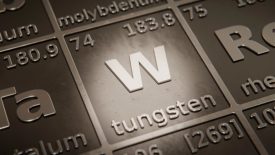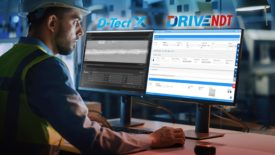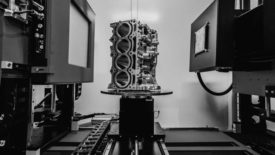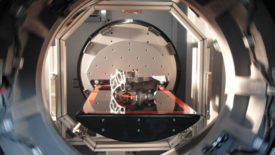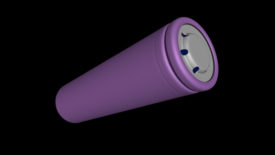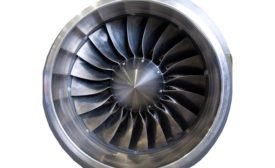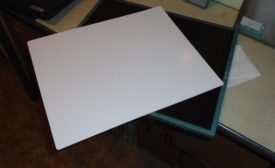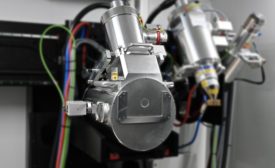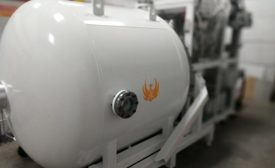Home » Keywords: » radiography
Items Tagged with 'radiography'
ARTICLES
Column | Marty Wenzig
The Achievements of Radiographic NDT
Read More
NDT | Radiography
2D Radiography (x-ray) for NDT
2D radiography continues to be essential to the safety and reliability of many of the world's industrial products.
October 11, 2022
NDT Trends
Nondestructive Testing (NDT) Trends
Manual means of performing NDT and human evaluation of the results is trending more and more to automated, digitized and artificial intelligence interpretation of the results whenever economically possible.
October 10, 2022
NDT | Computed Tomography
How Nondestructive Testing is Driving Sustainable Quality in the Automotive Sector
NDT techniques are available that are just as quick as destructive methods but also offer a more sustainable use of raw materials.
February 8, 2022
NDT | Computed Tomography
Computed Tomography's Solution to Battery Safety Concerns
A battery is a great example of the value of CT compared to simple radiography.
February 8, 2022
NDT | Radiography
Neutron Radiography and Turbine Blades
Neutron Radiography Works on the Same Basic Principles as X-Ray Imaging Except With Neutron Radiation Instead of X-Radiation.
June 8, 2021
NDT | Back 2 Basics
The Basics of Digital X-Ray Inspection
Conventional Radiography Will Continue to Have a Pace in NDT, but Digital Radiography is the Future
June 7, 2021
How Neutron Radiography Works
Modern technology is closing the technology and accessibility gap between N-ray and X-ray imaging.
November 30, 2020
Get our new eMagazine delivered to your inbox every month.
Stay in the know with Quality’s comprehensive coverage of the manufacturing and metrology industries.
SIGN UP TODAY!Copyright ©2024. All Rights Reserved BNP Media.
Design, CMS, Hosting & Web Development :: ePublishing
